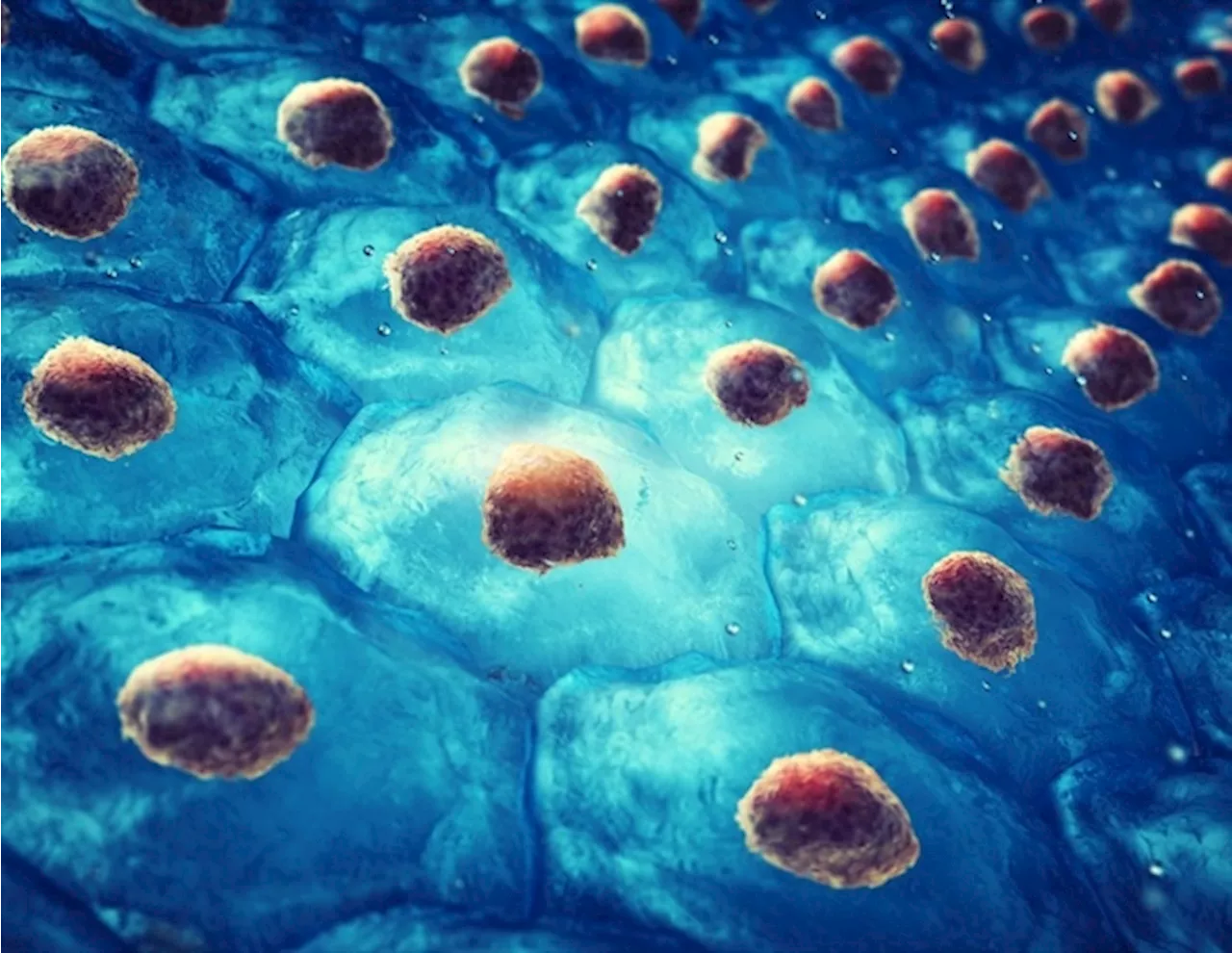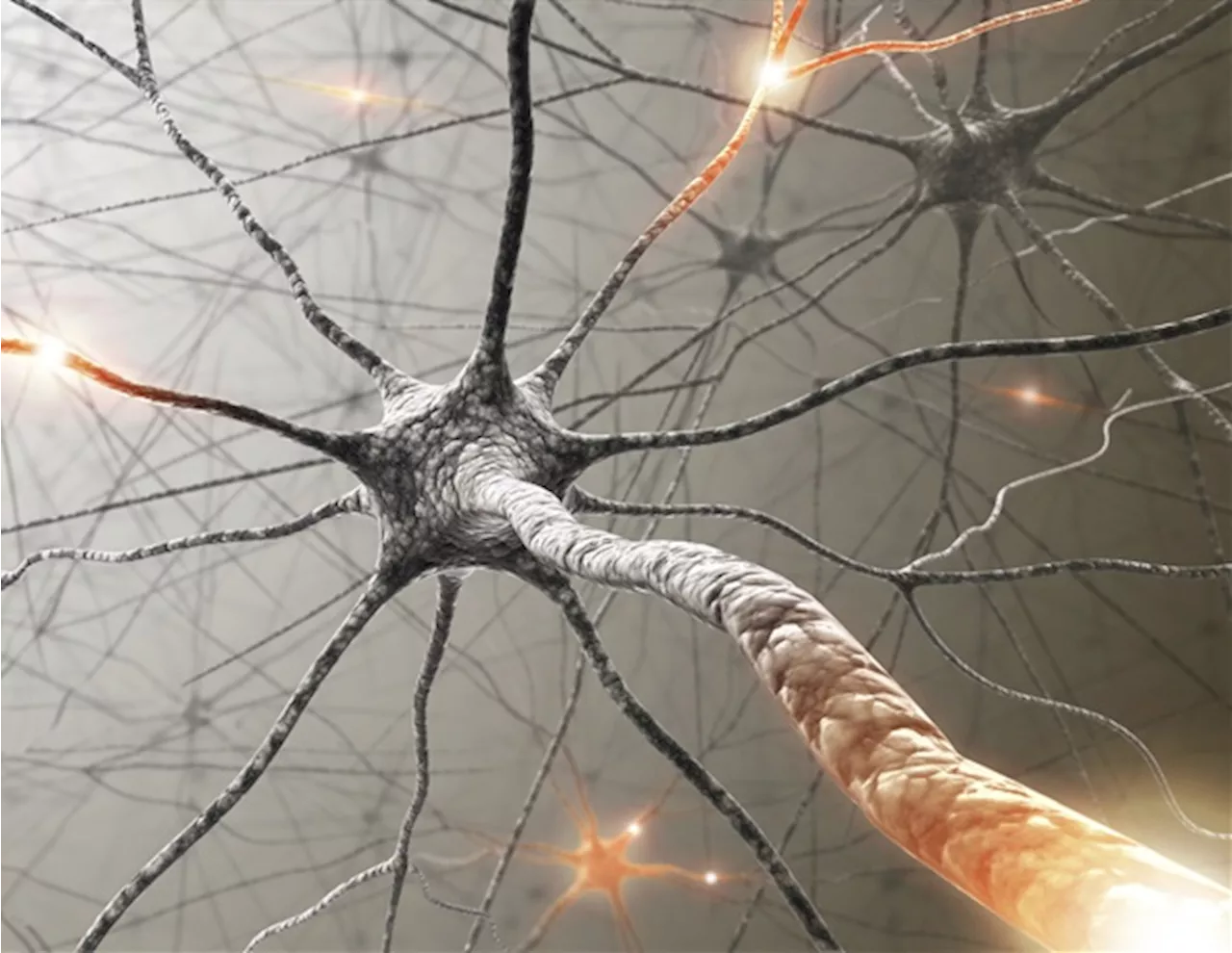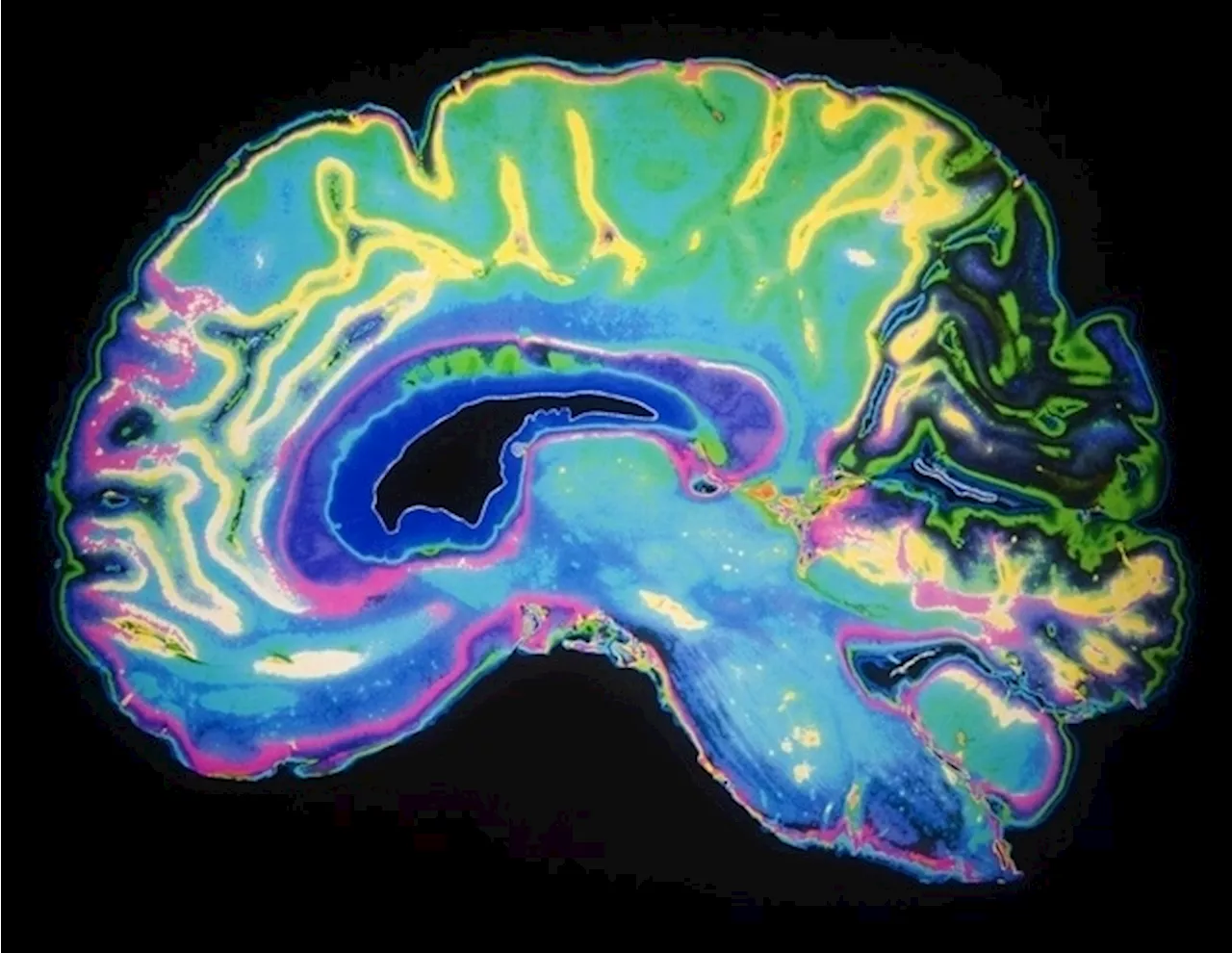Researchers at Karolinska Institutet and Karolinska University Hospital have developed a groundbreaking microscopy method that enables detailed three-dimensional (3D) RNA analysis at cellular resolution in whole intact mouse brains.
Karolinska InstitutetNov 22 2024 Research ers at Karolinska Institutet and Karolinska University Hospital have developed a groundbreaking microscopy method that enables detailed three-dimensional RNA analysis at cellular resolution in whole intact mouse brains. The new method, called TRISCO, has the potential to transform our understanding of brain function, both in normal conditions and in disease, according to the new study published in Science.
This method is a powerful tool that can drive brain research forward. With TRISCO, we can study the complex anatomical structure of the brain in a way that was previously not possible." In the study, up to three different RNA molecules were analysed simultaneously. The next step for the researchers is to expand the number of RNA molecules that can be studied to around a hundred, using a technique called multiplex RNA analysis. This could provide even more detailed information about brain function and disease states.
Related Stories"We look forward to continuing our research and exploring the many possibilities offered by this new technique," says Shigeaki Kanatani, a research specialist in Uhlén's laboratory and the first author of the study.
Imaging RNA Hospital Laboratory Microscopy Research
United Kingdom Latest News, United Kingdom Headlines
Similar News:You can also read news stories similar to this one that we have collected from other news sources.
 Researchers create mini-brains to study autism and test new treatmentsUsing stem cells generated from patients with a rare and severe form of autism spectrum disorder and intellectual disability, Scripps Research scientists have grown personalized 'mini-brains' (or organoids) to study the disorder in new detail.
Researchers create mini-brains to study autism and test new treatmentsUsing stem cells generated from patients with a rare and severe form of autism spectrum disorder and intellectual disability, Scripps Research scientists have grown personalized 'mini-brains' (or organoids) to study the disorder in new detail.
Read more »
 Researchers develop new approach to predict immunotherapy response in breast cancer patientsUsing computational tools, researchers from the Johns Hopkins Kimmel Cancer Center and the Johns Hopkins University School of Medicine have developed a method to assess which patients with metastatic triple-negative breast cancer could benefit from immunotherapy.
Researchers develop new approach to predict immunotherapy response in breast cancer patientsUsing computational tools, researchers from the Johns Hopkins Kimmel Cancer Center and the Johns Hopkins University School of Medicine have developed a method to assess which patients with metastatic triple-negative breast cancer could benefit from immunotherapy.
Read more »
 Researchers receive CAD 45 million to study new psychosis treatmentsOne out of 100 people will experience a psychotic episode in their lifetime, and these usually appear in late adolescence or early adulthood.
Researchers receive CAD 45 million to study new psychosis treatmentsOne out of 100 people will experience a psychotic episode in their lifetime, and these usually appear in late adolescence or early adulthood.
Read more »
 Researchers discover new 'Green Mediterranean' plan can slash risk of dementia and 'slow brain...Different diseases such as Alzheimer's affect different parts of the brain and lead to dementia - a loss of cognitive functioning to such an extent that it interferes with a person's daily life and activities.
Researchers discover new 'Green Mediterranean' plan can slash risk of dementia and 'slow brain...Different diseases such as Alzheimer's affect different parts of the brain and lead to dementia - a loss of cognitive functioning to such an extent that it interferes with a person's daily life and activities.
Read more »
 Researchers discover new 'Green Mediterranean' plan can slash risk of dementia and 'slow brain...Different diseases such as Alzheimer's affect different parts of the brain and lead to dementia - a loss of cognitive functioning to such an extent that it interferes with a person's daily life and activities.
Researchers discover new 'Green Mediterranean' plan can slash risk of dementia and 'slow brain...Different diseases such as Alzheimer's affect different parts of the brain and lead to dementia - a loss of cognitive functioning to such an extent that it interferes with a person's daily life and activities.
Read more »
 Researchers find 41 new genetic regions linked to disc herniationsLumbar disc herniation is one of the most common structural changes in the lower back and the most common cause of radiating pain, or sciatica, in the leg.
Researchers find 41 new genetic regions linked to disc herniationsLumbar disc herniation is one of the most common structural changes in the lower back and the most common cause of radiating pain, or sciatica, in the leg.
Read more »
